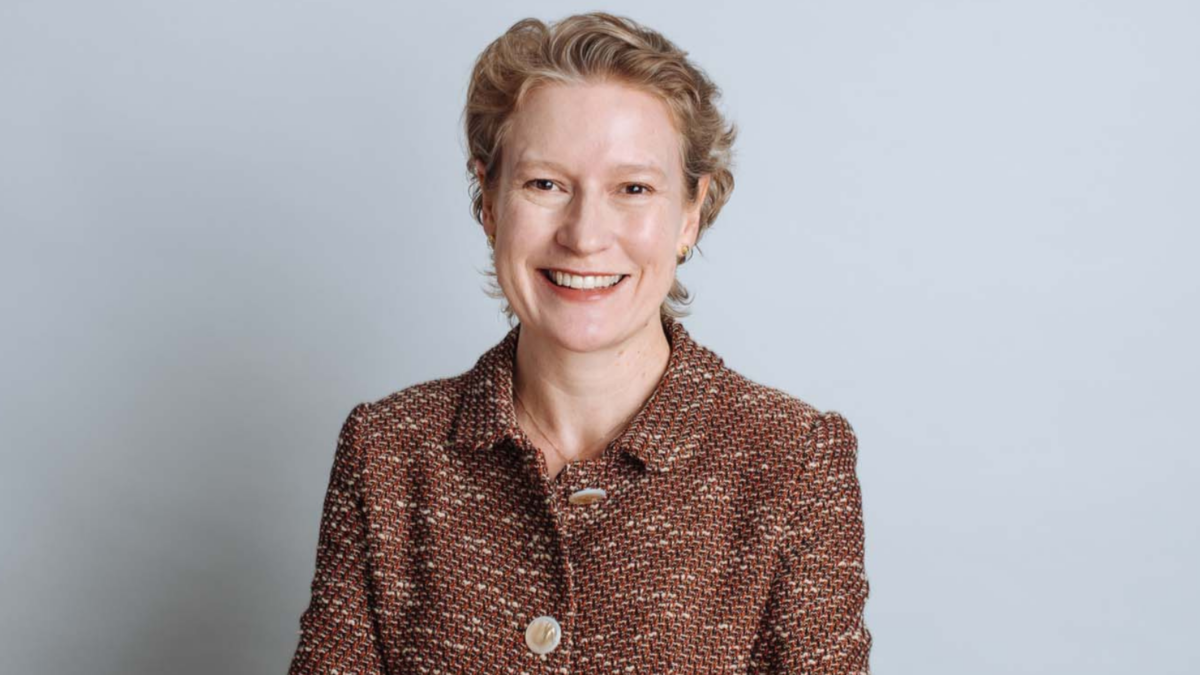It’s gotta be bonds?
The toughest asset sector in an investment portfolio is the fixed income. Putting aside the difficulties in convincing an investor to have an allocation to fixed income when the conversation is sprinkled with mind-numbing terms such as duration, curves, and spreads, the even greater problem is low yields. Blind Freddie (rubbery etymology, with likely reference to a blind Sydney hawker who was known to move freely around) can observe cash and bond rates on the easy conclusion that they offer no prospect of real returns.
Few disagree on bonds with global yields averaging at 0.7%. In most developed countries they offer less than inflation expectations and any return is likely to be eked out in small relative changes across the curve. Those that toy with the possibility of negative rates or a deflationary spiral make their case for long duration bonds.
One can’t ignore the scale and complexity of the monetary response in an extraordinarily short time frame. How that unwinds is key. When does it ease back, who will be the buyer of ever more bonds to be issued, why should central banks support corporates in credit markets when they can raise capital, what happens to indebted sectors that were on the nose last year, now likely face falling cash flow, yet are propped up by asset purchases?
Following the overuse of ‘unprecedented’ to describe anything related to corona, investment commentators have become rather fond of ‘selected’. In fixed income that is appropriate.
Investment grade credit gets a muted tick, though the trade-off is in the much lower yield top-rated US paper at a skinny 50bp spread and 1.6% yield versus the aggregate at a 95bp spread and 2.3% yield. High yield has fewer friends left given the move in spreads from 100bp to 500bp. Default risk in sectors such as energy and retail is looming, while lower covenants have troubled many in this sector for some time.
Global managers proffer asset-backed securities, particularly US non-agency mortgages and emerging market debt as the best options now. The former relies on seasoned loan pools while EM debt is a careful tread through the disparate economic circumstances of the sector while the enticement of over 5% yields warrants the effort.
Private debt with much more appealing headline potential has been the go-to investment in recent years. So far it appears to have held up relatively well, though the lack of liquidity and in most cases, transparency, may provide a false sense of comfort. This segment is truly the bird in the hand versus one in the bush analogy; only when all capital is returned can the investment be judged on its merits. It’s fair to assume this market will experience a shakeout at some point differentiating the quality of credit assessment and diligence between the various managers.
Compared to equity, the approach to allocations for fixed income has to be particularly attenuated to the client. Simplistically, a weight to bonds may suit the perma-bears and those with the fixation on deflation, credit is the vanilla with modest potential and relative safety while private debt, high yield or loan markets are suit investors with return as the overarching ambition.
Outside the well-known names in fixed income covered by external investment rating organisations, the onus lies on the adviser group to assess the approach and experience that lies behind any product offer. At the very least, the process of editing which private debt product is offered to investors should be clear. Reputational and possibly legal risk is part and parcel of the portfolio risk that is integral to the client relationship.










